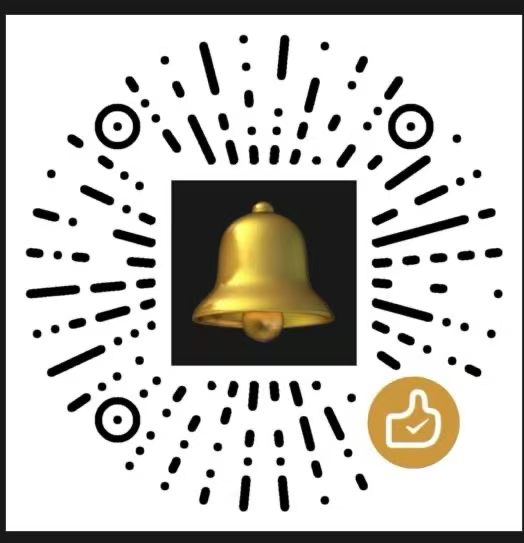在 uniapp 的开发过程中,图表页面是个很常见的需求。而要做图表,自然少不了 echart 的配置。问题在于,很多人并不清楚哪个组件好用、好配置。今天我结合自己的实际开发经验,来聊聊不同场景下适合使用的插件,以及它们的使用方法。
小程序端
在微信小程序中,我使用的是 uniapp 的外壳框架 unibest,开发环境是 Vue3 + TS,编辑器用的 VSCode。
由于项目里有 分包 的需求,所以我选择把 lime-echart 放在:src/pages-evaluation-sub/uni\_modules/lime-echart
然后在页面中这样引用:
`<template>
<LEchart ref="echart" :customStyle="`z-index:1;`"></LEchart>
<template/>
<script lang="ts" setup>
import LEchart from '@/pages-evaluation-sub/uni_modules/lime-echart/components/l-echart/l-echart.vue'
const echarts = require('../../../uni_modules/lime-echart/static/echarts.min')
const echart = ref(null)
onMounted(() => {
echart.value.init(echarts, (chart) => {})
})
</script>
这里要注意的一点是:必须确保 echarts.min.js 文件存在。你可以去官网下载,不过我个人推荐直接用插件市场下载的版本,因为里面已经自带了这个文件,更省心。
APP 端
APP 端的项目比较老,用的是 uniapp 原生框架,配合 HBuilder 启动,Vue 版本是 2.x。为了保险起见,我选择了插件市场上的 e-chart 组件。
这个组件的好处是:开箱即用,不需要额外引入 echart。当然,如果你有特殊需求,也可以自己去替换内置的 echarts 文件。
你可以在 插件市场 直接点击 “导入插件到 Hbuilder”,或者像小程序那样手动放到 uni_modules 中。然后就能直接在页面中使用,例子如下:
<template>
<view class="chart-wrapper">
<e-chart ref="echartRef" @ready="initEchart" width="100%" height="100%" />
</view>
</template>
<script>
export default {
props: {
// x 轴数据
xData: {
type: Array,
default: () => ['00:00', '01:00', '02:00', '03:00']
},
// y 轴数据
yData: {
type: Array,
default: () => [10, 20, 15, 30]
}
},
data() {
return {
option: {
xAxis: { type: 'category', data: [], show: false },
yAxis: { type: 'value', show: false },
grid: { top: 20, right: 0, bottom: 0, left: 0 },
tooltip: { show: false }, // 关闭 tooltip
series: [
{
type: 'line',
smooth: true,
data: [],
symbol: 'circle',
symbolSize: 6,
lineStyle: { width: 2 },
itemStyle: { color: '#3b82f6' },
label: {
show: true, // 显示数值
position: 'top', // 在点上方显示
fontSize: 10,
color: '#fff'
}
}
]
}
}
},
watch: {
// 监听 xData 更新
xData: {
handler(val) {
this.option.xAxis.data = val
this.updateChart()
},
immediate: true
},
// 监听 yData 更新
yData: {
handler(val) {
this.option.series[0].data = val
this.updateChart()
},
immediate: true
}
},
methods: {
initEchart() {
this.$refs.echartRef.init(this.option)
},
updateChart() {
if (this.$refs.echartRef) {
this.$refs.echartRef.setOption(this.option)
}
}
}
}
</script>
<style scoped>
.chart-wrapper {
height: 100%;
}
</style>
总结
- 小程序端:推荐用
lime-echart,更灵活,也方便做分包处理。 - APP 端:推荐用
e-chart,省事省心,开箱即用。
两者的差异主要来自于开发环境和项目需求。我的建议是:
- 如果是新项目、Vue3、小程序方向 → lime-echart。
- 如果是老项目、Vue2、APP 方向 → e-chart。
这样选用基本不会踩坑。



评论区